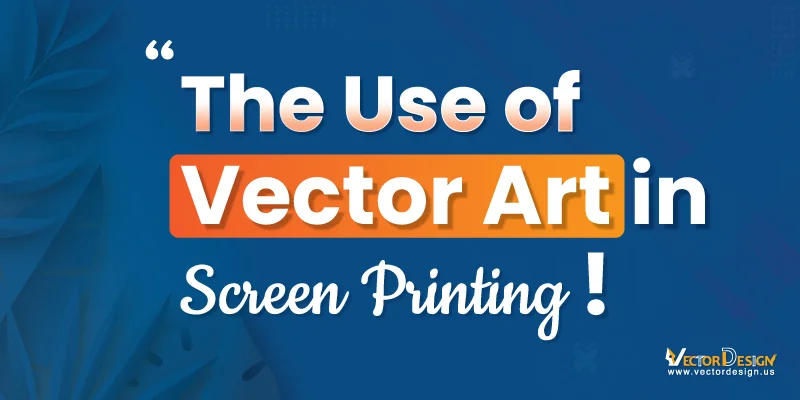Imagine creating pictures on a computer, but not the usual kind. We’re talking about special pictures known as “vector art” that have a magical quality—they can change sizes without ever getting blurry. This unique quality is epitomized in the process of image to vector conversion. These pictures are like using enchanted shapes that remain clear, whether big or small. Vector art, a unique way of drawing on a computer, doesn’t rely on tiny dots like regular pictures. Instead, it uses math tricks to create shapes, ensuring the pictures always stay super clear. This special quality means you can adjust the size of the pictures without any problems, making them a fantastic choice for various creative endeavors.
Why is this special Vector art important, especially in screen printing? Well, think about printing pictures on clothes or posters. Vector art in screen printing helps make sure the colors stay separate and don’t get messy. It also keeps everything looking nice and clear, like magic drawings on your computer. So, in simple words, vector art in screen printing makes printing pictures on things look awesome!
What is Vector Art in Screen Printing?
Vector art in screen printing is like a special kind of picture made on a computer. It’s like having a superpower because the designs always look clear, no matter the size. When printing on things like T-shirts, vector art makes it easy to use lots of colors and keep everything just right. It is a digital blueprint for your design, a secret weapon for making prints on T-shirts or posters. Vector art makes the whole printing process smooth, helping printers use different colors without messing up. Whether designing a logo or a poster, vector art is like a magic wand to make everything look fantastic!
Uses of Vector Art in Screen Printing:
Vector art is a game-changer in screen printing, offering unparalleled versatility and precision. It helps make designs clear and sharp on things like clothes and posters. Whether it’s on T-shirts or banners, vector art makes sure the pictures look awesome without getting blurry. let’s explore some of the uses of vector art in screen printing:
Apparel Printing:
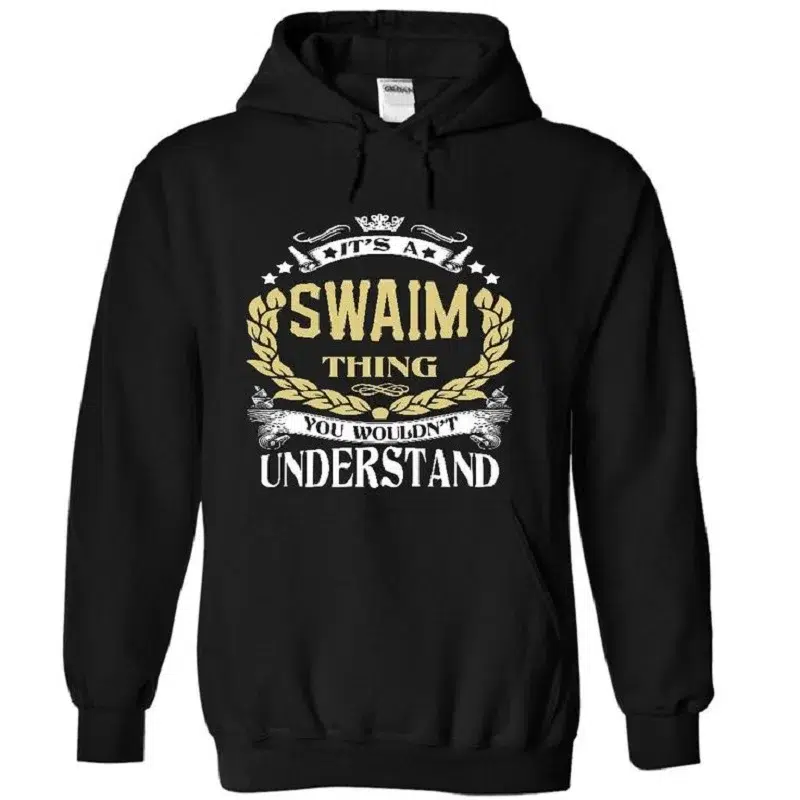
Vector art is like a superhero in making screen designs for things like T-shirts and hoodies. It’s a special tool that ensures the pictures look amazing no matter the size. So, when you see awesome designs on your clothes, it’s the magic of vector art making everything look just perfect for the screen!
Promotional Products:

Vector art is essential for creating designs on promotional items like bags, hats, and various merchandise. It ensures that logos and graphics appear clear and sharp, making these products visually appealing. Whether it’s on a bag or a hat, vector art’s versatility helps in maintaining high-quality prints for promotional merchandise.
Posters and Art Prints:
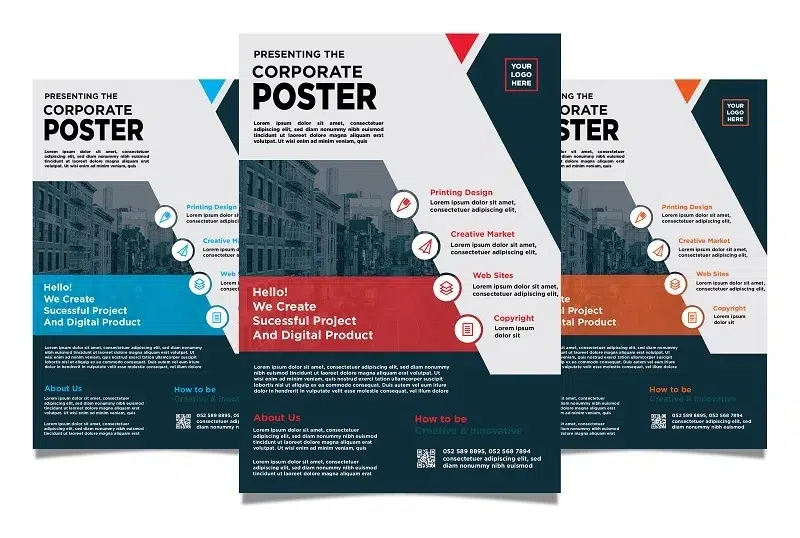
Vector art is great for screen design, especially for posters and art prints. It can make designs look awesome no matter the size. Whether it’s a small print or a big poster, vector art keeps the details sharp, making it perfect for creating cool and scalable designs.
Signage and Banners:

Vector art shines in screen design, particularly for signage and banners. Its special trait is being able to look great on large-format displays. This means whether it’s a big sign or a large banner, vector art ensures the details stay sharp, making it perfect for creating impressive designs that stand out on large displays.
Labels and Packaging:
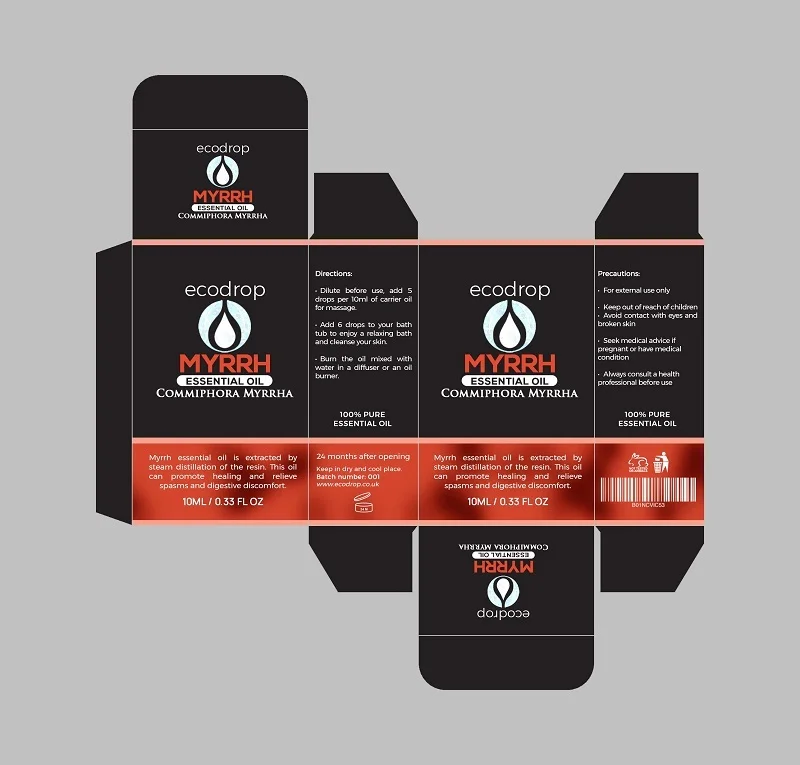
Using vector art in labels and packaging ensures a consistent and polished brand appearance. The precise and clear designs contribute to a professional and recognizable image, enhancing the overall presentation of products.
Customized Apparel for Events:

Vector art excels in making clear and sharp designs on labels and packaging, maintaining a polished brand image. In customized event apparel for sports, concerts, or corporate gatherings, vector art’s versatility allows for personalized and detailed designs, ensuring a professional and distinctive look.
Textile Industry:
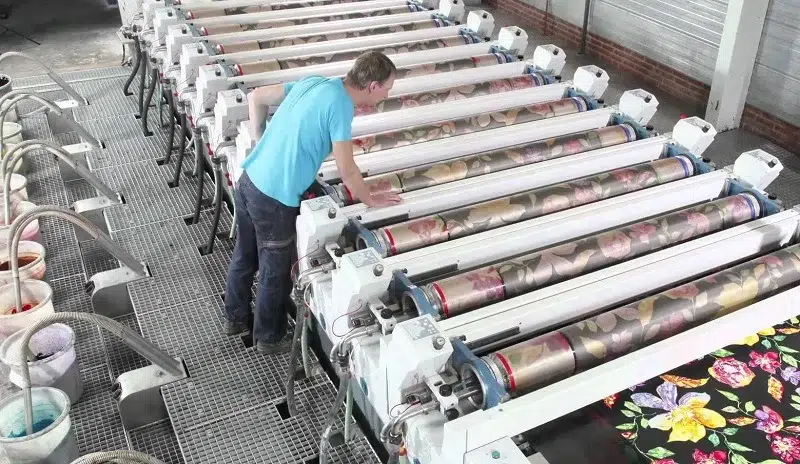
Vector art is key in screen design, especially for the textile industry, which includes home furnishings and upholstery. Whether it’s adding patterns to curtains or designing prints for furniture, vector art ensures that the details look fantastic, contributing to high-quality and visually appealing textiles.
Automotive Graphics:
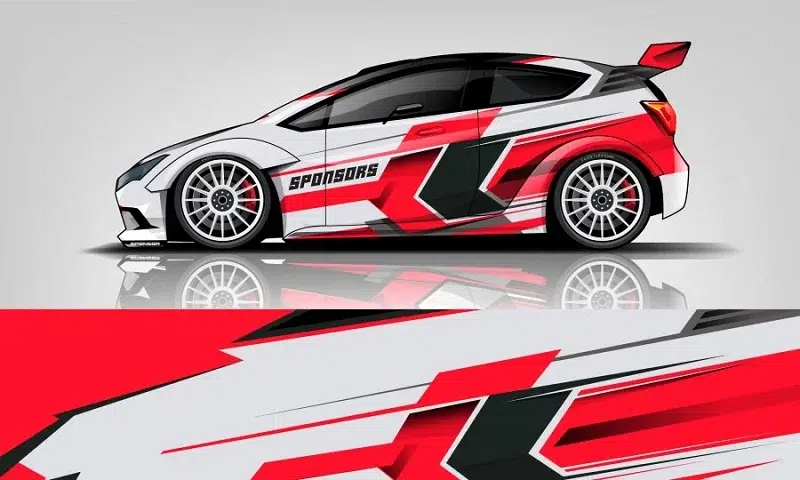
Vector art enhances automotive graphics, ensuring precision for decals and labels on vehicles. It contributes to a polished and professional appearance in the automotive industry.
Ceramics and Glass Printing:
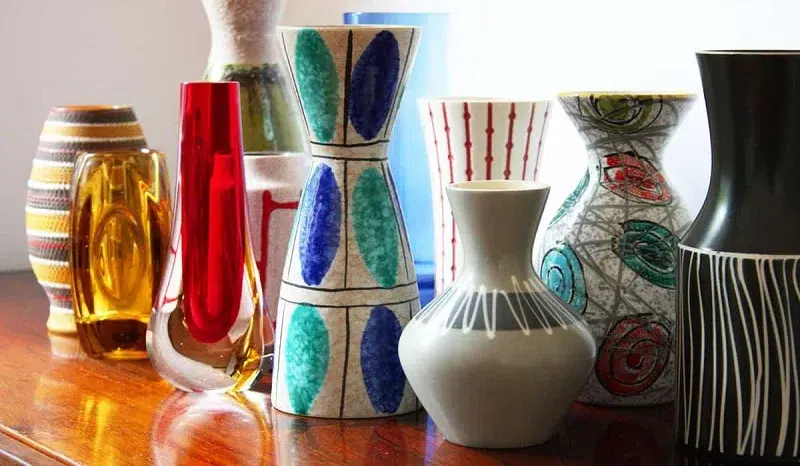
Vector art plays a key role in ceramics and glass printing, allowing for intricate and vibrant patterns. It ensures a high-quality finish, making the decorative elements stand out. This application is crucial in creating visually appealing products in the ceramics and glass industries.
Electronic Devices
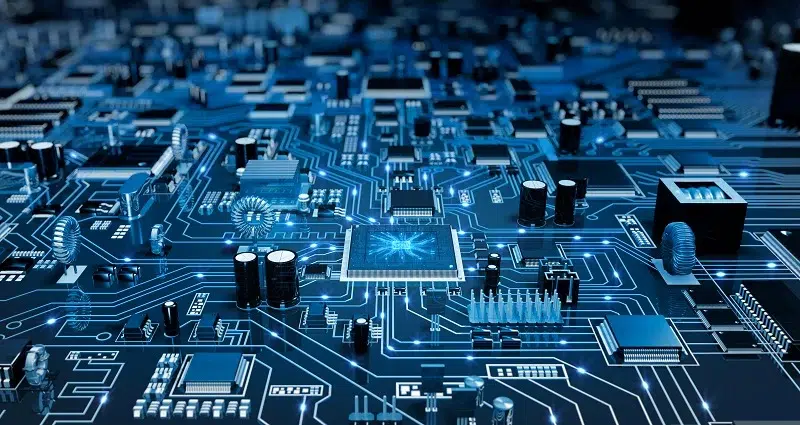
In electronics, vector art is like a superhero that helps make detailed and accurate designs on things called circuit boards. These designs use special inks that conduct electricity. This superhero art ensures the electronic parts work well and the patterns are super clear, making devices efficient and precise.
Advertising Materials:
Vector art is a helpful tool for making advertising materials such as banners, displays, and signs. It ensures that the designs on these things are clear and sharp, so when people see them, they look really nice. This makes the advertising materials work better and catch people’s attention easily.
Educational Materials:
Vector art is a helpful tool for creating school things like textbooks and workbooks. It makes the pictures and designs in these books super clear and easy to understand. So, when students read and learn, everything looks nice and makes learning more fun.
Creating Vector Art for Screen Printing
Creating vector art for screen printing involves using specialized software tools like Adobe Illustrator or CorelDRAW. These programs allow designers to create scalable and precise designs. Which is suitable for the screen printing process. Key considerations include:
Software Tools for Vector Art:
Utilize vector-based graphic design software such as Adobe Illustrator, CorelDRAW, or similar tools. These programs enable the creation of designs composed of mathematical paths, ensuring clarity and precision for screen printing.
Design Considerations:
When creating vector art for screen printing, keep these things in mind:
Simple and Bold Designs:
Opt for simple and bold designs that translate well to the screen printing process. Clear, straightforward shapes and lines are easier to reproduce accurately on different surfaces.
Limitation of Colors:
Consider the limitation of colors, especially in multi-color designs. Each color in a design requires a separate screen in screen printing, so keeping the color palette manageable helps streamline the printing process and maintain cost-effectiveness.
Common Challenges in Vector Art for Screen Printing and Solutions:
Simplify Designs:
Challenge: Complicated designs can be tricky to print.
Solution: Make designs simpler for better printing results.
Color Organization:
Challenge: Colors may not separate well for printing.
Solution: Keep colors organized in the design file using specific codes.
File Compatibility:
Challenge: Files might not work with the printing software.
Solution: Save files in common formats like SVG or PDF for compatibility.
High-Quality for Big Prints:
Challenge: Designs may not look good when printed big.
Solution: Use high-quality designs that maintain clarity when enlarged.
Text as Shapes:
Challenge: Words might not look right when printed.
Solution: Turn words into shapes in the design to maintain consistency in printing.
Screen Alignment:
Challenge: Screens might not line up right during printing.
Solution: Put marks in the design to help line things up. Test and fix the alignment before doing the real printing.
By solving these common problems in simple ways, we can make sure our designs look great when they get printed!
Conclusion
Vector art in screen printing plays a crucial role in the process. We use special computer tools like Adobe Illustrator or CorelDRAW to make designs that are clear and can be resized easily. This kind of art is like a superhero because it helps a lot in making things like T-shirts, signs, and electronics look awesome. Vector art is like a magic wand for designers. It helps in making designs that look good on clothes, signs, and other things. It’s not just about making things look cool; it also makes the printing process smooth and the final prints super clear and colorful.
So, for designers out there, choosing vector art is like choosing a secret weapon for creating top-notch prints. It’s the key to making designs that stand out and look amazing in the world of screen printing.
FAQ’s:
Why is vector art preferred in screen printing?
Vector art is preferred in screen printing because it maintains clarity and precision regardless of size, making it ideal for scalable designs on various substrates.
How does vector art simplify the color separation process in screen printing?
Vector art simplifies color separation by allowing different colors in the design to be isolated onto separate screens, streamlining the process of printing multi-colored designs.
Can I use raster images instead of vector art for screen printing?
While possible, using vector art is recommended for screen printing due to its ability to maintain quality at different sizes, ensuring clear and detailed prints.
What software is best for creating vector art for screen printing?
Adobe Illustrator and CorelDRAW are popular software tools for creating vector art in screen printing, providing features for precise design and scalability.
How does vector art contribute to the efficiency of screen printing?
Vector art contributes to the efficiency of screen printing by addressing common challenges like ink bleeding and registration issues, resulting in clearer prints and streamlined processes.


